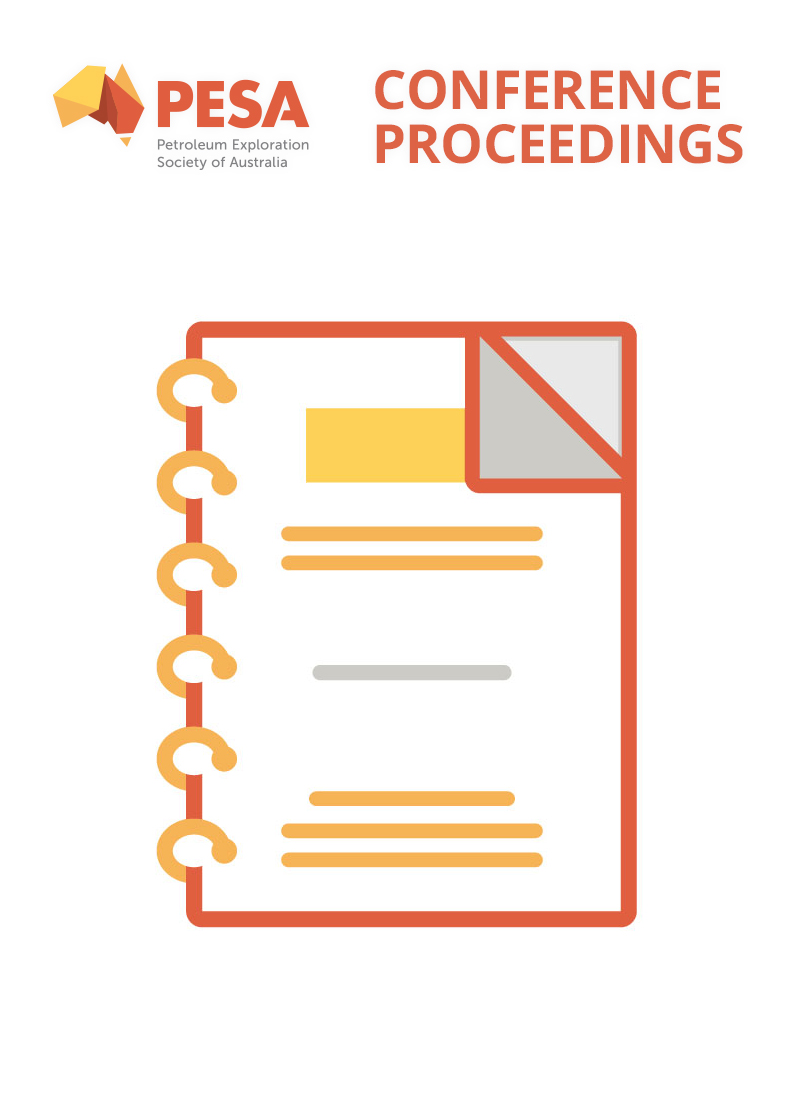Publication Name: Australasian Exploration Geoscience Conference 2019
Authors: Jess B. Kozman, Matthew Holsgrove
Date Published: September 2019
Number of Pages: 5
Abstract:
Geophysical data is one of the key decision support factors for successful discovery of hydrocarbons, and operators have multi-decadal inventories of survey data in key basins. Woodside has a history of exploration in Australia from 1954 and seismic data from as far back as 1964 for the Northwest Shelf and other global exploration areas. Since 2017, Woodside has been developing a cloud-based Next Generation Seismic Data Management platform that will allow end-users to extract maximum value from legacy and modern data. The platform is open and vendor agnostic for storage platforms and applications and services consuming data. It uses industry-standard and public domain standards for data structures, APIs, and transfer protocols, and streamlines access and delivery of seismic products across the data lifecycle, from acquisition to regulatory submission and divestiture. In 2019 Woodside data management received executive approval to accelerate data re-baselining to have all Woodside seismic data transcribed from magnetic tape media into cloud storage, while enabling direct cloud delivery of acquired data. At completion, this project will have handled over 100,000 individual pieces of storage media, over 200,000 documents, 650,000 individually indexed data objects representing 54,000 2D lines and 400+ 3D surveys, over one trillion seismic traces, and an additional 200,000 spatial data objects representing available multi-client seismic data. The total volume of data from tape exceeds 20 petabytes, a volume nearing that kept on tape by the Curtin Institute of Radio Astronomy as a precursor to an instrument that will at full capacity require data links for volumes equivalent to all internet traffic. The primary conclusion of the project work is that cloud storage methodologies have enabled all the goals of the project and led to additional value and benefits beyond the anticipated scope.

